Becoming ourselves
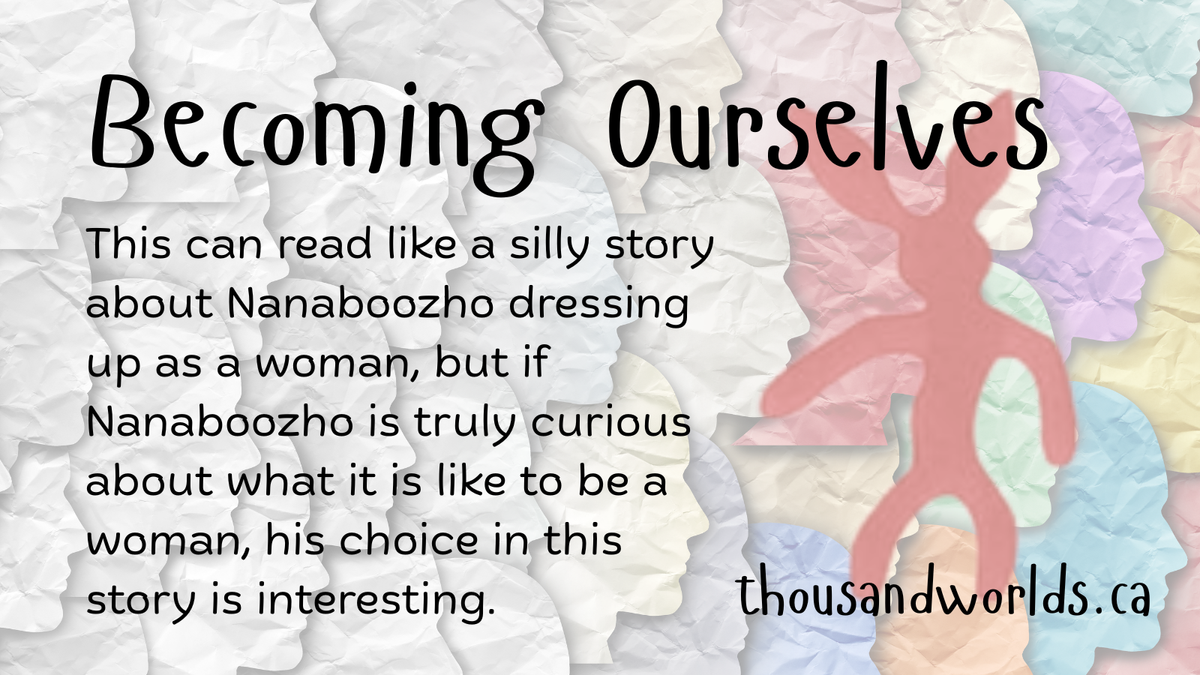
Last week I promised you, kind of, that Nanaboozho putting on women's clothes would be a whole other blog post and well, here we are because it's the next story in Jones' book. Our primary texts this week are the Willam Jones collection, which only has one version of this story, Patricia Ningewance's Gii-Nitaa-Aadisooke: Ojibwe Legends from Lac Seul, and The Manitous: The Spiritual World of the Ojibways by Basil Johnston. She doesn't talk about this story in particular, but Leanne Betasamosake Simpson does discuss Anishinaabe concepts of gender in her book As We Have Always Done so I'll be referencing that as well.
Before we go further, hello to new members and especially to friend-with-benefits Kit! Paid subscribers help keep the lights on, but you can expand my audience by sharing this post through email or on social media. These are just personal reflections, they are not meant to be seen as an authoritative statement on what these stories mean, as if there was a singular meaning. Which there isn't. I reflect on these stories to put them into conversation with your own, not to try and convert you to the religion of the Anishinaabe.
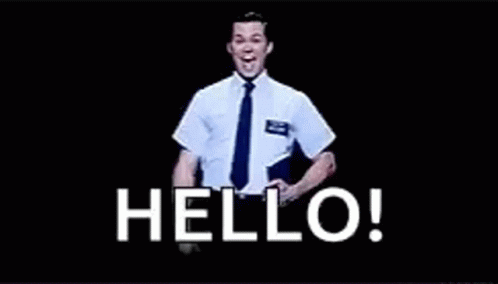
This can read like a silly story about Nanaboozho dressing up as a woman, so I want to situate it carefully within Anishinaabe thought. More carefully perhaps than I have done with previous stories because of how fraught our conversations about gender often are and how much potential for harm there is in a story like this if we do not situate it carefully, and that is what Leanne Betasamosake Simpson brings us.
Simpson writes that, from within her Anishinaabe sensibility, she understands the "word kwe to mean woman within the spectrum of genders" in the Anishinaabe language, which has no gendered pronouns by the way. It's me, you, and that person over there. There is a fluidity, she says, that gestures to a gender variance which isn't present in English or our western sensibilities. People get so mad about all the various flags and letters and new ways of identifying, it's out of control they say. Well, that's because binaries hide heirarchies and people are just trying to be seen for who they are. So if that means adding another letter or colour to the flag then I'm all for it. Anishinaabe stories teach us a different way to live in the world. Of course we knew the difference between men and women, but we also knew that there was more to it than that. It's kind of nice that modern science is catching up.
But on to our story.
Nanaboozho was walking along, so many of these stories begin this way, and he heard some women gathering firewood. They were talking about marrying some man in the village, who Ningewance explains was very choosy, and Nanaboozho decides to play a trick on him. He transforms into a woman, men's shirts, short skirts, doing it in style and uses a caribou spleen which he turns into a woman's "thing" as Jones puts it. Why the spleen? I have no idea but you don't eat it so maybe it was what was available?
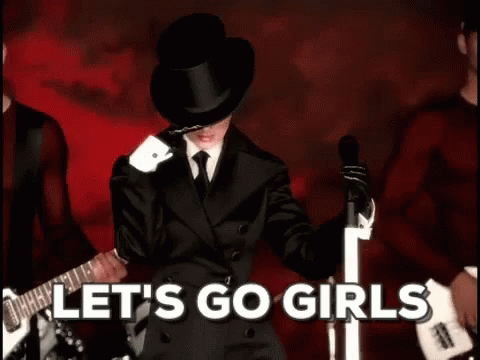
She says, let's go girls, and they walk back to town at which point she asks them "where is this man who hates women?" The other women point him out and basically wish Nanaboozho-kwe luck because this guy is impossible. Nanaboozho-kwe asks them to let this guy know that she was sent by her parents. Weirdly, this works and a place was made for her where the man was seated and now she had a husband.
Do not tell my husband, but according to Jones, one of the first things a new bride does is go for firewood and water, both of which Nanaboozho-kwe does and her mother in law nods approvingly, what a hard worker! Eventually the matter of having children comes up and Nanaboozho-kwe enlists the help of a Marten who agrees to be strapped into a cradle board and gets passed off as their somewhat hairy child.
The spleen begins to decay causing her father in law to wonder what the heck smells so awful, at which point Muskrat and Nanaboozho-kwe let's go girls into the woods while the rotten spleen falls to the ground. Hooo, hoo, hoo, thinks Nanaboozho. I feel like a woman!
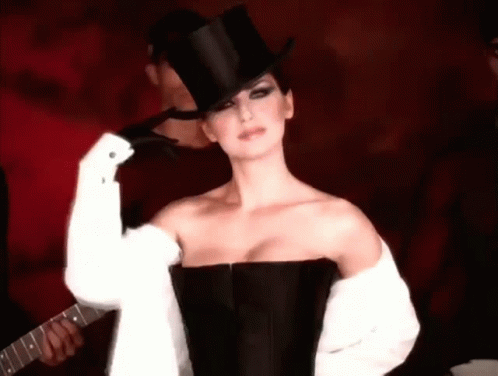
We get some additional context from Basil Johnston who, before he tells this story, reminds us that Nanaboozho loved the Anishinaabe and although he was encumbered, as Johnston puts it, with all the human shortcomings (sloth, gluttony, envy, lust, pride, anger, impulsive, etc) he was also kind and often looked for ways to make life easier for himself and others even if it did backfire more often than not. There is a lesson here too, for all of us living in this brave new world. Many if not most of the things that are sold to us as a way to make our lives easier create more problems than they solve, often with devastating consequences that we don't see. Nanaboozho lived with his grandmother and took care of her, he loved us and we Anishinaabeg loved him back. Our stories about him are affectionate, so I hope that you hear that in these reflections. But Nanaboozho is also a manitou, which means he is powerful and so as much as we loved him back we were also a little bit afraid of him. Not because we thought he would hurt us on purpose, but you don't have to do something on purpose to cause harm.
Although Nanaboozho loved us, and according to some stories participated in our creation, our lives also eluded him in many ways. Much of his exploration of the world he helped to create was rooted in curiosity. He simply didn't know what the beings he helped to create experienced and he wanted to. That curiosity is present in the story of Nanaboozho flying with the geese or sitting on a cloud, he wanted to see what they saw. It is in the midst of explaining these things that Johnston tells a story of Nanaboozho disguising himself as a woman. For Johnston, Nanaboozho wanted to know what it was like.
And if you're going to fool somebody, it might as well be somebody who deserves it.

Our story bears some resemblance to the Moowas story we thought about a few weeks ago. In both stories there is a person who is seen to be overly choosy or demanding and in both stories the choosy one falls for a fake. The difference between the stories is malice. In Moowas the rejected suitors set about getting their revenge. In this story Nanaboozho, driven by curiosity, targets the challenging person and, like Moowas, flees before being found out. Johnston adds the gruesome detail that had he not made a quick get away he would have been dismembered which seems a little harsh, but also in our current climate completely plausible.
I had thought about using the pronoun wiin for Nanaboozho, and generally I'm going to now. It's the Ojibwe pronoun for she/he, that person over there, and while it would be correct, particularly to highlight Nanaboozho's own nature, I don't want to erase the way that the Jones story reads (documented in 1906). When Nanaboozho transforms into a woman, the pronoun changes from he to she. He put on the dress but then she went into the village, she talked to the other women, she set about marrying this choosy man, she chopped firewood, she arranged with the marten, she ran away. Ningewance (writing in 2018 the stories she heard in childhood) doesn't do this. He goes to the village, he gets married, he arranges with the marten, and he runs away. In Jones' story, Nanaboozho becomes a woman which is why I refer to wiin as Nanaboozho-kwe. For Ningewance Nanaboozho stays male, it's just a costume wiin puts on in order to play a trick and for me these differences change the story profoundly, but I also don't want to read too much into their intentions because I don't know them. I only know how I read them today.
The preface, written by Truman Michelson in 1916, makes an interesting observation. He notes the gender neutral pronoun and then says that if something is animate (having a quality of life and movement) it is rendered in English as masculine while the inanimate is rendered feminine unless the context suggests otherwise. For Jones, who did his own translation, the context of the story seems to be suggesting that Nanaboozho became, or appeared as, a woman.
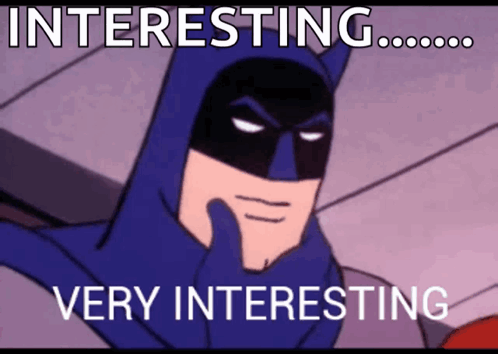
I'm finally reading Edward Said's Orientalism. I know I know, it's a foundational text for all the things that I think about and I've never gotten around to it but I'm reading it now. One of the things that he is on about is the way that travel was encouraged in the late 19th century, scientific geography giving way to commercial geography to get people out of Britain and into the rest of the world as a way of spreading European, and specifically British, influence. Colonial expansion goes hand in glove with a predominantly white taste for voyaging. He notes that Jules Verne was enlisted into the project, which makes me think about his book Around the World in Eighty Days much differently. It's not that remarkable an idea really. If you've traveled internationally, think about all the places where you can speak English or spend US dollars even though it is neither the national language nor its currency. There's a reason for that.
This matters because if Nanaboozho is curious about us, as Johnston says, then how he enters that village is relevant. Said identifies dozens of authors and adventurers who go to the "Orient" and learn all about it while maintaining their neutral observer status, always staying the European even when they are pretending to be Arab. He writes about one in particular who feigns conversion to Islam in order to embed himself in the community. Like tourists in Thailand who rent traditional outfits for an afternoon of photographs, they dress up, but they don't become. Not really. In Jones' story, Nanaboozho becomes.
It’s not about blood and it never has been. It’s about how you arrive and build a relationship with the land you’re on. And once you’re there, it’s also about how you receive others.
—Natalie Diaz (Mojave/Akimel/O’odham)
Of course wiin stays Nanaboozho, there are limits to becoming, but Nanaboozho is a shapeshifter which also means that becoming is part of wiin's nature. Nanaboozho was a manitou who took on human form so that wiin could live among us without being scary. Wiin's siblings were wind and stone after all. Remember that when Nanaboozho was born and then in subsequent stories, wiin was a rabbit, which is why I represent wiin that way in the title graphics. So what is wiin's true form? Born a rabbit and shapeshifts into human in order to be accessible to us? In that case taking on male or female form would be equally correct. Or is wiin simply a manitou in which case any one of rabbit, human, etc would be as correct as any other manifestation. The fact that Nanaboozho is so often represented as male might say more about humans than it says about Nanaboozho, particularly since these stories have been lifted out of a culture that doesn't have gender specific pronouns and into one that does.
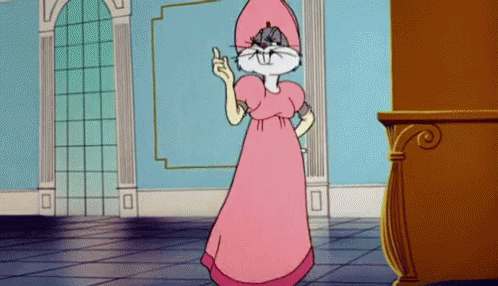
Think about that for a moment. All of these stories in which he does this and he does that, what if we read them with that gender neutral pronoun? Wiin did this, wiin did that. We wouldn't know if Nanaboozho was male or female unless the story, as this one does, needs wiin's gender to be relevant, in which case the story is teaching us something about gender along with everything else. Wiin brought fire to the Anishinaabe. Wiin tricked the winged startlers. Wiin lived with wolves. Wiin rebuilt the world. Wiin flew with the geese.
That's the becoming that is going on with Nanaboozho. The gender is only relevant to the trick wiin is playing, being a manitou who was born a rabbit neither human gender would be more correct than the other, so the story is teaching us something about what it is to be a woman.
Aaron Mill's dissertation on Anishinaabe Constitutionalism is useful in this conversation alongside Simpson's writing. Using his model of centres of influence that radiate outward and overlap with other centres of influence, we could think about central ideas of gender, girly girls and manly men if you like, but those ideas radiate outwards with their influence diminishing the further you get from that centre. Most of us live in those spaces with diminished influence and still more in those areas of overlap which is only a problem when the people with power decide to codify that central idea into law that applies to everybody with a hard line between them.
That's how I read the story, if trans and non-binary people wish to see themselves within this conceptualization of Nanaboozho, that is up to them. Returning to Simpson's book and her description of kwe, she understands kwe to have the potential to include trans and non-binary people. Simpson doesn't impose it, but she does leave it open, and I want to think this way about this particular story. For me the story, and Nanaboozho, suggests a fluidity of gender, but it's for trans and non-binary people to decide if they see themselves in it or want to read it that way. I will leave that open, the rest of us can look at this story, and Nanaboozho's general ambiguity, as possibility.
We always read ourselves into the stories, and in this case cis people (straight, gender-conforming), we have options. We might be the choosy man. Jones doesn't tell us very much about him or his reaction and Ningewance calls him aggrieved to the point that his next partner was a porcupine with lady parts on her forehead which even he thinks is weird but at least he knows for sure.
Looking at the aggrieved suitor as a mirror or place to begin, we can think about our own choosy-ness and reactions to being faced with gender fluidity. How do we respond to people whose authentic selves may not be what we expect or are used to. We can think about why Nanaboozho decided to confront us (as this choosy guy) by becoming not just a woman, but by most accounts a good wife. If wiin is curious about being a woman, deciding to experience womanhood by marrying somebody with this reputation is a heck of a choice. And what does that tell the audience about gender roles in their own community? Because everything wasn't perfect, tricksters don't trick unless there's something that needs to be put right.
We might be the women that Nanaboozho first talked to. They knew the "he and she" of it, that Nanaboozho became and it's nbd to them. Wiin says "lets go girls" and they go. In fact, they help with the becoming by offering a dress and then introducing her to the village.
So what are the things in our own communities that need to be put right in the context of this story? Where does your church stand? What about your school, your circle of friends, your organizing community. How are women and non-conforming people present, are they present. Why aren't they? How can you be more like the women at the beginning than the aggrieved suitor at the end?
We live in a world that is becoming increasingly hostile to trans and non-gender conforming people. And sometimes it is hard to know what to say or how to say it because that is how embedded these ideas are and sometimes the things we are told by some people are then corrected by others and I get that it's confusing. So if that happens to you just accept the correction and don't argue with them. We probably don't know what to say because we haven't been taught to live this way which, in my mind, makes trans and non-gender conforming people some of the most courageous people around. Becoming yourself in a world that doesn't know how to see you? That's bad ass.
Definitely a lot to think about. Particularly now that we're seeing how very precarious trans and queer rights have always been. Stonewall was a riot y'all.
Toolkits for queer and trans activisim and care.
Love Builds the Bundle A 2SLGBTQQIA+ Toolkit from the ONtario Native Women's Association
Creating Authentic Spaces from The 519, an organization in Toronto
2SLGTQIA+ Toolkit to support youth experiencing homelessness
The National Black Justice Coalition's Words Matter gender justice toolkit
Lynn Gehl has a great essay called Follow the Turtle that offers a framework to deal with competing needs without descending into oppression olympics.
Some actions you can take to stop authoritarianism in your community:
Looking for what to do? A document developed for people who feel helpless in the face of, well, everything that is happening. Divided into four sections (protecting people, defending civic institutions, disrupting and disobeying, building alternatives) with things that are easier, medium, and harder to do. This is US-centric, but easily adaptable
Don't just read banned books. Do something! For the people is a leftist library project in the US with the tools to protect your local public libraries. Also US centric, but adaptable.
Rabbi Danya Ruttenberg has a wonderful blog in which she's going through the Torah and in this blog post she clobbers THE clobber text. The post is for subscribers only, but I highly recommend.

If you're as excited about Bad Indians Book Club being released as I am and would like to be part of the release crew you can sign up here.

And don't forget to join up with the Nii'kinaaganaa Foundation. Every month we collect funds from people living on Indigenous land and redistribute them to Indigenous people and organzers. You can find out more information on the website which is now powered by ghost, which means that you can become a subscriber there just like you are here!
